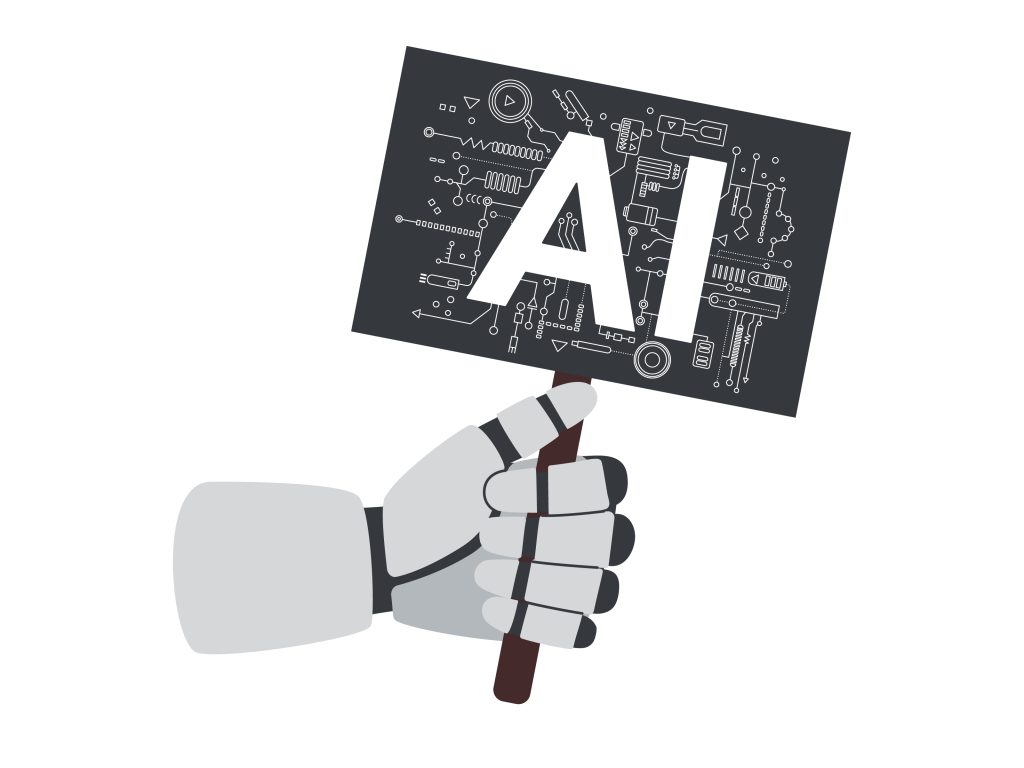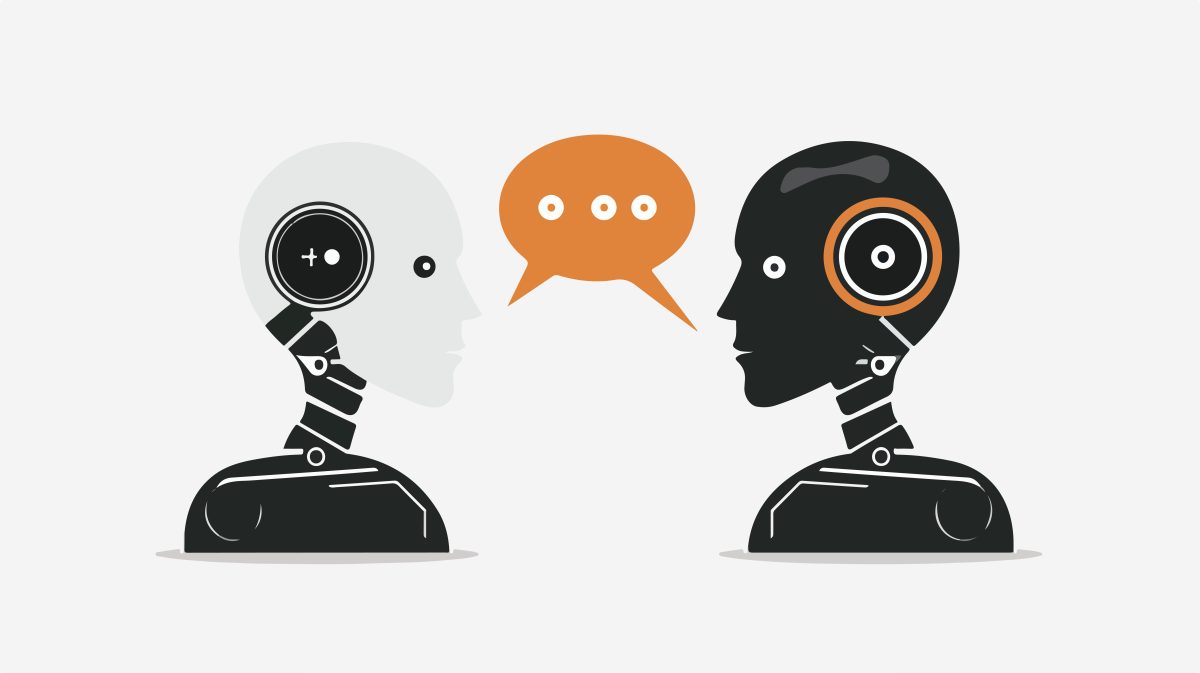Artificial intelligence is revolutionizing how businesses interact with customers, manage operations, and drive innovation. Among the most impactful AI technologies are Conversational AI and Generative AI. While both leverage advanced machine learning models, they serve distinct purposes. Conversational AI is designed for interactive communication, while Generative AI focuses on creating new content. Understanding their differences, applications, and importance in 2025 can help businesses adopt the right AI solutions for their needs.
By – Vamsi Bumireddy (CTO)
What is Conversational AI?
Conversational AI enables human-like interactions through chatbots, virtual assistants, and voice-based systems. It is trained to understand natural language, process user queries, and deliver relevant responses in real-time. Powered by Natural Language Processing (NLP) and machine learning, Conversational AI enhances customer service, automates responses, and provides intelligent support across various industries.
Some key characteristics of Conversational AI include:
1. Real-time interaction and response generation
2. Understanding user intent through NLP
3. Seamless integration with customer service platforms
4. Ability to learn and improve from interactions
What is Generative AI?
Generative AI goes beyond responding to queries; it creates entirely new content based on the data it has been trained on. This includes text generation, image creation, code writing, and content automation. By using deep learning models like GPT (Generative Pre-trained Transformer), Generative AI can produce human-like text, generate reports, and assist with creative tasks.
Some key characteristics of Generative AI include:
1. Producing original text, images, and media
2. Learning patterns from vast datasets to generate contextually relevant content
3. Assisting in automating creative tasks such as marketing content, article writing, and product descriptions
Key Differences Between Conversational AI and Generative AI
| Feature | Conversational AI | Generative AI |
| Primary Function | Engages in real-time conversations | Creates new content based on data |
| Technology Used | NLP, ML, and speech recognition | Deep learning, transformers, and neural networks |
| Common Use Cases | Chatbots, virtual assistants, automated customer support | Content generation, creative writing, image synthesis |
| Response Nature | Interaction-based, answering queries | Data-driven, generating new outputs |
| Industries | Customer service, healthcare, retail | Marketing, software development, media |
Uses and Purposes of Conversational AI and Generative AI
Both AI types have unique use cases that make them valuable in different sectors.
Conversational AI Use Cases
Customer Service: Automates responses to inquiries, reducing human workload
Healthcare: AI-powered chatbots assist with patient queries and appointment scheduling
Retail and E-commerce: Personalized shopping assistants provide recommendations
Banking and Finance: AI-driven support for transactions and fraud detection
HR & Recruitment: Automated interviews and employee query handling
Generative AI Use Cases
Content Marketing: Automates blog writing, social media posts, and ad copies
Software Development: AI-generated code for application development
Creative Industries: Produces artwork, music, and video content
Legal and Compliance: Drafts contracts and legal documentation
E-learning & Training: Creates personalized learning materials and training simulations
 Why AI is More Important Than Ever in 2025
Why AI is More Important Than Ever in 2025
The increasing reliance on digital solutions makes AI more critical than ever. Companies across industries are leveraging Conversational AI and Generative AI to stay competitive. Key reasons why they are essential in 2025 include:
Scalability: AI can handle vast amounts of queries and tasks, reducing dependency on human labour
Cost Efficiency: Automating workflows reduces operational costs while improving service quality
Data-Driven Insights: AI can analyze trends, optimize processes, and enhance decision-making
Personalization: AI-driven solutions provide tailored experiences for customers and employees
Automation of Repetitive Tasks: Reduces manual workload, allowing employees to focus on high-value tasks
Challenges Businesses Face Without Conversational and Generative AI
Without the adoption of AI technologies, businesses may struggle with:
Inefficient Customer Support: Delays in responding to inquiries lead to poor customer satisfaction
Lack of Personalization: Generic communication fails to engage customers effectively
High Operational Costs: Relying solely on human effort for repetitive tasks increases expenses
Limited Content Creation Capabilities: Slower and less scalable content production
How Stratpilot Can Help Businesses Leverage AI
Stratpilot is an advanced AI-powered assistant designed to help businesses integrate Conversational AI and Generative AI effectively. By combining intelligent automation with actionable insights, Stratpilot empowers companies to enhance productivity, improve customer engagement, and streamline operations.
Stratpilot provides:
AI-Driven Customer Interactions: Enhances communication with real-time, intelligent responses
Content Generation Capabilities: Automates marketing, documentation, and content creation
Custom AI Solutions: Tailored to business needs, ensuring seamless integration and usability
Scalable AI Assistance: Adapts to business growth, whether for startups or large enterprises
Actionable Insights: Provides analytics and recommendations to improve business strategies
As AI continues to evolve, businesses that integrate Conversational AI and Generative AI gain a competitive edge. With Stratpilot, you can harness the power of AI to enhance efficiency, automate processes, and deliver exceptional customer experiences.
Take the next step and explore how Stratpilot can transform your business. Sign up for Stratpilot today!
Frequently Asked Questions (FAQs)
1. Can businesses use both Conversational AI and Generative AI?
Yes, many businesses use both. Conversational AI handles customer interactions, while Generative AI assists with content creation and automation.
2. Is Stratpilot suitable for small businesses?
Yes, Stratpilot is designed to scale with businesses of all sizes, providing tailored AI-driven solutions.
3. How does AI improve customer service?
AI enhances customer service by automating responses, improving response times, and personalizing customer experiences.
4. Does Stratpilot require technical expertise to implement?
No, Stratpilot is designed for ease of use and seamless integration, making AI adoption accessible for businesses without technical expertise.





